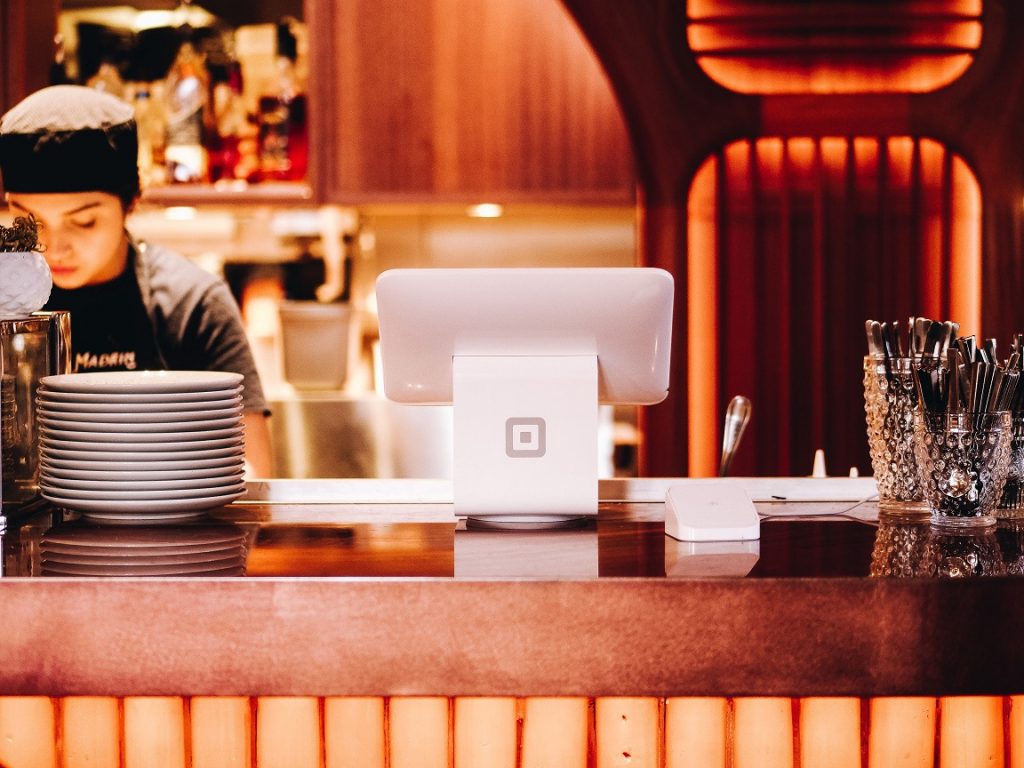Chinese Food Islamabad: Take Pleasure In Authentic Chinese Food at its Best
Wiki Article
Savor Authentic Eastern Food With a Pan-Asian Spin for a Culinary Experience
Starting a culinary trip with genuine Eastern food, improved with a Pan-Asian twist, offers a distinct opportunity to discover the abundant tapestry of tastes that specify the area's varied culinary customs. This experience invites you to enjoy the exquisite equilibrium of preferences-- sweet, salted, spicy, and sour-- integrated by aromatic natural herbs and spices. Visualize the cutting-edge fusion of Thai curry and ramen or the unforeseen delight of sushi burritos. As you consider these attracting recipes, take into consideration the cultural stories and historical influences that shape them, each bite using a story waiting to be discovered.
Checking Out Pan-Asian Tastes
In the realm of international gastronomy, Pan-Asian food stands out for its remarkable diversity and the unified interplay of flavors from various Oriental cultures. This culinary strategy celebrates the distinct ingredients and rich customs found throughout the continent, producing a tapestry of tastes that is both appealing and rewarding. Trick to Pan-Asian food is its ability to stabilize contrasting tastes-- pleasant, salted, spicy, and sour-- while highlighting the quality and top quality of each component.From the umami-rich soy sauce of Japan to the intense chili peppers of Thailand, Pan-Asian cuisine uses a comprehensive palette of flavors. These aspects are typically integrated in creative methods, improving meals with layers of intricacy. For instance, making use of aromatic natural herbs such as lemongrass and cilantro, usual in Vietnamese and Thai cuisine, includes a refreshing brightness to dishes, while the consolidation of coconut milk delivers a creamy, abundant appearance.
The focus on fresh produce and fragrant flavors guarantees that each dish is not only a feast for the taste buds however additionally for the detects. Pan-Asian food welcomes diners to start a cooking journey, exploring the vast and varied landscapes of Asian gastronomy with every bite.
Blend Dishes to Attempt
While Pan-Asian food is commemorated for its conventional flavors, the modern-day culinary landscape is progressively embracing fusion recipes that mix these traditional components with impacts from various other regions. This innovative strategy not just honors the rich heritage of Oriental cookeries but additionally presents unique taste experiences that interest modern palates.
An archetype of such a fusion meal is the Korean-Mexican taco, where marinated bulgogi beef is wrapped in a warm tortilla, covered with kimchi and a hot gochujang-infused salsa. This combination weds the bold, savory tastes of Korea with the vibrant, fresh components of Mexican cuisine. Likewise, sushi burritos have acquired popularity, joining together the fragile artistry of Japanese sushi with the hearty, hand-held comfort of a burrito, frequently including blend components like tempura shrimp and avocado with a drizzle of wasabi mayo.
One more notable meal is Thai curry ramen, which infuses the creamy, fragrant seasonings of Thai curry right into the soothing brew of typical Japanese ramen, creating an unified blend that entices the senses. These combination dishes extend beyond mere novelty; they stand for a cooking discussion in between societies, urging expedition and advancement on the planet of Pan-Asian cuisine.
Important Active Ingredients and Spices
To absolutely value Pan-Asian food, one need to recognize the important components and spices that develop its foundation. This varied culinary design attracts from a rich tapestry of Oriental customs, using an unified mix of appearances and tastes.Aromatic components are essential, with garlic, lemongrass, and ginger being common throughout different Pan-Asian dishes. These ingredients offer a great smelling base that improves the intricacy of flavors. Spices such as star anise, cardamom, and cinnamon present heat and personality, echoing impacts from areas like China and India.

Cooking Methods and Tips
Grasping the art of Pan-Asian cuisine requires familiarity with its distinctive cooking techniques, each adding to the vibrant tapestry of tastes this cooking custom is celebrated for. Central to these methods is the stir-fry, a fast cooking method that preserves the dietary honesty and dazzling shades of components. Making use of a frying pan, the stir-fry method permits also warm distribution, essential for achieving the characteristic appearance and flavor balance of Pan-Asian dishes.An additional fundamental technique is steaming, particularly widespread in Chinese food. This mild technique maintains the all-natural flavors and nutrients of active ingredients, making it excellent for fish and shellfish and vegetables. Dumplings, a precious staple, often profit from steaming, resulting in soft, succulent appearances.
Grilling, also essential, presents great smoky midsts to recipes such as Oriental bulgogi or Japanese yakitori (pan asian dining Islamabad). This technique often involves marinading components, allowing flavors to penetrate deeply before food preparation over an open flame or hot plate
Finally, grasping the art of stabilizing flavors-- pleasant, sour, salted, bitter, and umami-- is vital. Effectively layering these components can elevate a meal from common to remarkable, using a complicated and satisfying culinary experience that symbolizes the essence of Pan-Asian cuisine.
Eating Experiences Worldwide
Throughout the globe, Pan-Asian food offers an unrivaled eating experience, celebrated for its abundant tapestry of flavors and vibrant discussions. This cooking phenomenon has actually gone beyond social limits, capturing the hearts and tastes buds of food enthusiasts worldwide. In cosmopolitan cities fresh York, London, and Sydney, Pan-Asian restaurants work as fusions where culinary practices from Thailand, Japan, China, and beyond merge, supplying diners with an eclectic mix of meals that highlight the area's diversity.The global charm of Pan-Asian cuisine depends on its ability to use both authenticity and advancement. Cooks masterfully marry typical ingredients such as lemongrass, soy sauce, and miso with modern strategies, resulting in recipes that are both refreshingly new and familiar. This fusion enables restaurants to get started on a cooking journey that appreciates heritage while embracing modernity.
In addition, dining experiences are boosted through attentively developed settings that show the values of Pan-Asian appearances. From minimal Japanese-inspired interiors to vibrant Thai-themed rooms, each restaurant provides a distinct ambiance that enhances the cooking offerings. Therefore, clients are not merely taking in a meal but partaking in a social experience, making Pan-Asian eating a really international phenomenon.
Verdict
The expedition of Pan-Asian cuisine provides an extensive understanding of the elaborate interplay of flavors and cooking traditions throughout Asia. By embracing combination recipes such as Thai curry ramen and sushi burritos, the cooking trip not only highlights the flexibility of traditional ingredients but also showcases cutting-edge modern techniques. This gastronomic adventure, improved by crucial seasonings and cooking approaches, gives an one-of-a-kind possibility to value the multiculturalism and culinary virtuosity that define Pan-Asian cuisine on an international range.Embarking on a cooking journey via genuine Asian cuisine, enhanced with a Pan-Asian twist, offers a distinct chance to explore the abundant tapestry of tastes that specify the area's diverse culinary customs.In the world of worldwide gastronomy, Pan-Asian cuisine stands out for its amazing diversity and the unified interaction of flavors from different Eastern societies. Trick to Pan-Asian food is its ability to balance contrasting tastes-- pleasant, salty, spicy, and sour-- while highlighting the quality and top quality of each active ingredient.

Report this wiki page